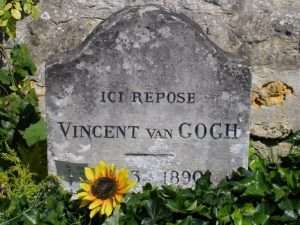The Easter holidays began this afternoon, two weeks and a day to sleep and to think and to prepare for the new term.
In primary school days, Christmas and Easter holidays in primary school days would be two weeks and two days. It never occurred to ask, “why?”
Any holiday was, of course, welcome. Boys have much more interesting things to do than sit in the classroom learning about ancient civilisations and practicing cursive handwriting. Yet the consistency with which the time off was two weeks and two days never prompted curiosity, that was the way it was and why would we wish to question it?
Years later, the answer is obvious, the two extra days arose from the fact that the respective holidays both included two bank holidays. At Christmas, there was Christmas Day and Boxing Day (in those distant times New Year’s Day had not been granted the status of a public holiday in England). At Easter, Good Friday and Easter Monday were bank holidays. There were two weeks of school holiday supplemented by two days of public holidays. Had it been explained at the time, a schoolboy would have understood.
Other things caused perplexity at the time and did arouse the interest of generally disinterested boys.
We had two classes in our school, the infant class was for five to eight year olds and the junior class for those aged from nine to eleven. Except everyone knew that when we went to secondary school, we would be in the junior classes, so how could we be in the junior classes three years previously? It was a matter of discussion and one boy insisted that we must be infant juniors as long as we were in primary school.
There was sometimes oddly arbitrary behaviour.
Most boys supported a football club, although knowledge of the team was generally scant in times when coverage was limited. One boy had a large printed cardboard sheet. It had twenty-two slots below the headings for Divisions One and Two and twenty-four below those for Divisions Three and Four. It came with ninety-two cardboard tabs, each with the name of a football league club and one could move the tabs up and down the tables as the season progressed. For some odd reason, there was an animus towards Charlton Athletic and they were always put at the foot of Division Four, no matter how well they were playing.
Girls were a complete mystery. They might sit beside us in class, but once in the playground, a wide space was observed. Some were pretty, but it was not a thought one would admit to one’s classmates. To ask questions about girls was a complete taboo.
Looking back over five decades, it seems younger people are not only better informed, but are wiser about most things than were their grandparents. although perhaps boys still need to make progress.



